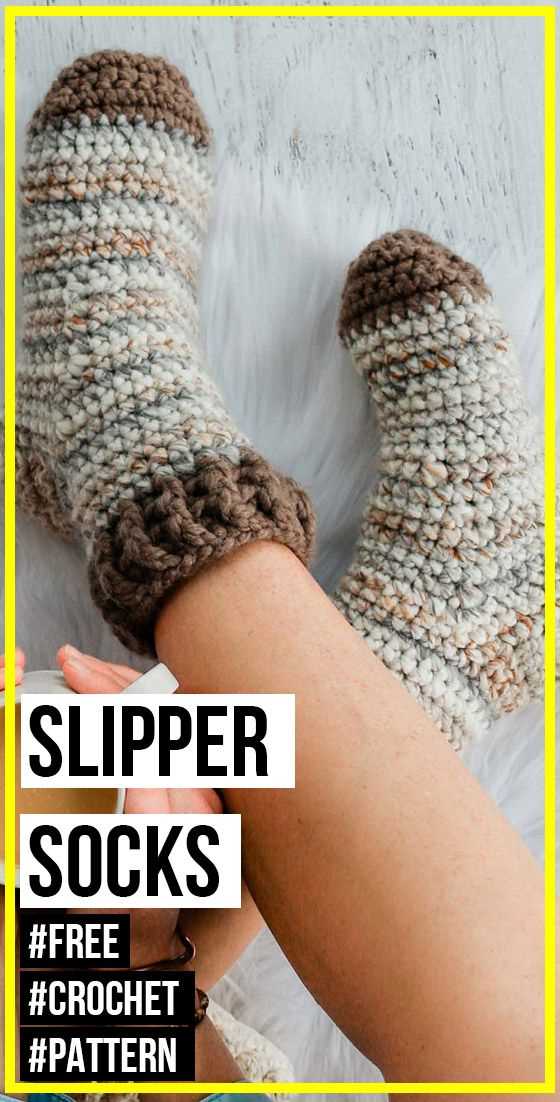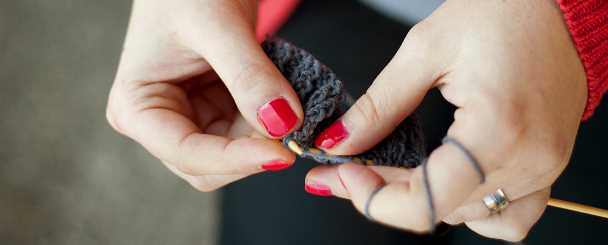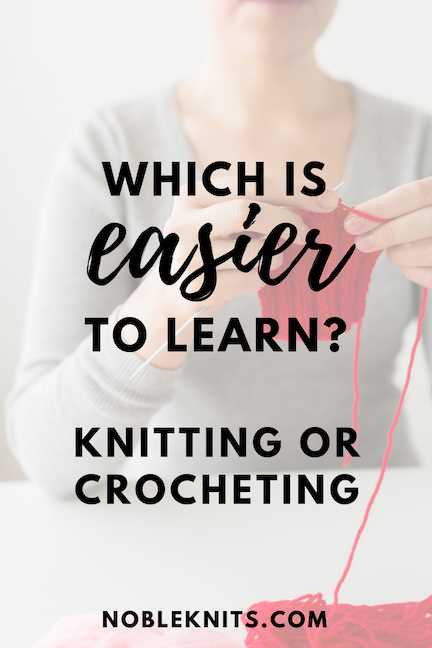Knitting and crocheting are two popular hobbies that involve creating beautiful and functional items using yarn and a set of tools. Both crafts have their own unique techniques and patterns, but many people wonder which one is easier to learn and master. In this article, we will compare knitting and crocheting to help you determine which one suits your preferences and skill level.
Knitting is a technique that uses two or more knitting needles to create a fabric from yarn or thread. It involves creating loops and interlocking them to form stitches. Knitting can be done using different techniques, such as the basic knit stitch, purl stitch, and various types of decreases and increases. Knitting patterns typically involve following a set of instructions and using specific stitches to create a specific design.
Crocheting, on the other hand, uses a single crochet hook to create a fabric. It involves creating loops and pulling them through other loops to form stitches. Crochet stitches can be worked in different heights and densities, allowing for a wide range of textures and patterns. Crochet patterns typically involve following a chart or written instructions and using different stitches to create desired shapes and designs.
When it comes to ease of learning, knitting is often considered to be a bit more challenging than crocheting. This is because knitting requires more coordination and dexterity, as you need to handle multiple needles. Crocheting, on the other hand, only requires one hook, making it easier to control. However, this is subjective, and some people may find crocheting more challenging due to its unique techniques and stitch patterns.
Understanding Knitting and Crocheting
Knitting and crocheting are two popular forms of needlework that involve creating fabric by interlocking loops of yarn. While they may seem similar, there are some key differences between these two crafts.
Knitting:
- Knitting is the process of creating fabric by using two or more long needles to interlock loops of yarn.
- Knitting can be done by hand or with the help of a knitting machine.
- Knitting stitches are held on the needle until they are worked into a desired pattern.
- Knitting patterns typically use abbreviations and charts to indicate which stitches to make.
- Knitting is known for creating a stretchy and elastic fabric.
Crocheting:
- Crocheting is the process of creating fabric by using a single hook to interlock loops of yarn.
- Crocheting is done exclusively by hand and does not use a machine.
- Crochet stitches are worked directly into the previous stitch.
- Crocheting patterns often use more descriptive instructions and diagrams to indicate which stitches to make.
- Crocheting is known for creating a thicker and more textured fabric.
Both knitting and crocheting have their own unique advantages and challenges. Knitting is often considered more precise and is ideal for creating intricate patterns, while crocheting allows for more versatility and is great for creating detailed designs. Additionally, knitted fabrics tend to have a smoother appearance, while crocheted fabrics have a more pronounced texture.
Ultimately, whether knitting or crocheting is easier depends on personal preference and individual learning style. Some people find knitting easier to learn, while others find crocheting more intuitive. Regardless of which craft you choose, both knitting and crocheting offer a rewarding creative outlet and the opportunity to make beautiful handmade creations.
Differences in Tools and Materials
Knitting and crocheting require different tools and materials, which can affect the difficulty level of each craft.
Knitting Tools and Materials
- Knitting needles: These are long, thin, pointed tools with a knob or stopper at one end to prevent stitches from slipping off.
- Yarn: Knitting yarn comes in various weights and fibers, such as wool, cotton, acrylic, and more. It can be purchased in skeins or balls.
- Stitch markers: These can be used to mark specific stitches or sections in knitting patterns.
- Row counter: A row counter is a small tool that helps knitters keep track of the number of rows they have completed.
- Tape measure: Knitters use a tape measure to measure the length and width of their knitted pieces.
Crocheting Tools and Materials
- Crochet hooks: Crochet hooks have a curved or hooked end and come in different sizes. They are used to create loops and stitches in crochet.
- Yarn: Crochet yarn is similar to knitting yarn and comes in the same various weights and fibers.
- Stitch markers: Crocheters also use stitch markers to mark specific stitches or sections in their patterns.
- Tapestry needle: This needle is used to weave in loose ends and sew together crocheted pieces.
- Measuring tape: Crocheters use measuring tape to check the gauge and measurements of their work.
While both knitting and crocheting require yarn, the different tools used can make a difference in ease of use. Knitting needles can be easier to handle for beginners, as they have a knob or stopper that prevents stitches from sliding off. On the other hand, crochet hooks allow for more control over individual stitches and can be easier to manipulate for certain techniques. Ultimately, personal preference and comfort can play a role in determining which craft is easier for each individual.
Complexity and Learning Curve
When it comes to complexity and learning curve, both knitting and crocheting have their own challenges. However, many people find knitting to be easier to learn and master compared to crocheting.
One of the reasons knitting is often considered easier is because it uses two basic stitches: the knit stitch and the purl stitch. These stitches are straightforward and can be easily learned by beginners. Crocheting, on the other hand, involves a variety of stitches including single crochet, double crochet, half-double crochet, and others, which can be more difficult to grasp for beginners.
Another factor that contributes to the perceived ease of knitting is the use of knitting needles. Knitting needles are generally easier to handle and manipulate compared to crochet hooks. The size and shape of knitting needles make it easier to control the tension of the yarn and create even stitches. Crochet hooks, on the other hand, require more dexterity and precision, which can be challenging for beginners.
However, it’s important to note that individual preferences and learning styles can greatly affect the perceived complexity of knitting and crocheting. Some people may find crocheting easier to pick up and enjoy the versatility of the craft, while others may gravitate towards the repetitive nature of knitting.
In terms of the learning curve, both knitting and crocheting require practice and patience to master. It is common to make mistakes and encounter difficulties when starting out, regardless of the chosen craft. However, with consistent practice and guidance from experienced knitters or crocheters, beginners can gradually improve their skills and become proficient in either craft.
Overall, while knitting is often considered easier to learn and master compared to crocheting, both crafts have their own learning curves and complexities. The best approach is to choose the craft that appeals to your personal preferences and learning style, and dedicate time and effort to learning and practicing it.
Speed and Efficiency
When it comes to speed, knitting and crocheting have their own advantages and disadvantages. Knitting typically requires fewer stitches than crocheting, which means that projects can be completed faster. However, crocheting tends to be faster because it involves looping yarn through stitches with a single hook, while knitting requires the use of two needles to create each stitch.
Efficiency also depends on the complexity of the project. Knitting is known for its smooth and even texture, making it ideal for intricate patterns and delicate designs. On the other hand, crocheting allows for more flexibility and creativity, as individual stitches can be easily manipulated and adjusted.
Another factor to consider is the learning curve. Generally, knitting is easier to learn for beginners, as it involves fewer techniques and stitches. Crocheting, on the other hand, can be more challenging at first, as it requires learning different types of stitches and techniques.
| Knitting | Crocheting | |
|---|---|---|
| Speed | Slower, but fewer stitches | Faster, but more stitches |
| Efficiency | Ideal for intricate patterns | Allows for more flexibility and creativity |
| Learning Curve | Easier for beginners | More challenging for beginners |
Ultimately, the speed and efficiency of knitting and crocheting depend on personal preference and the specific project. Some people may find knitting easier and faster, while others may prefer the versatility and speed of crocheting. It’s important to choose the technique that suits your style and enjoy the process of creating beautiful handmade items.
Versatility and Range of Projects
Both knitting and crocheting offer a wide range of projects that you can create. However, when it comes to versatility, crocheting often takes the lead. This is because crochet stitches are more flexible and can be manipulated in various ways to create different textures and shapes.
With crochet, you can easily create intricate lacework, delicate doilies, and detailed amigurumi. The ability to work in different directions and easily add or remove stitches makes it ideal for making three-dimensional objects and embellishments.
Knitting, on the other hand, is known for its ability to create cozy and stretchy fabrics. It is the technique of choice for making garments like sweaters, scarves, and hats. The interlocking loops of knitting create a dense and stable fabric that drapes beautifully. It gives a more polished and professional look to the finished project.
While knitting offers a wide range of stitch patterns and colorwork options, crocheting provides more opportunities for experimentation and creativity. With crochet, you can easily combine different stitches and techniques to create unique patterns and designs.
Ultimately, the choice between knitting and crocheting depends on the type of projects you want to make. If you enjoy making wearable items and working with complex stitch patterns, knitting might be the better option for you. However, if you prefer creating intricate designs with endless possibilities, crocheting might be more suitable. Both knitting and crocheting have their own beauty and charm, and you can always try your hand at both to see which technique you prefer.
Visual Appearance and Textures
One of the key differences between knitting and crocheting is the visual appearance and textures that can be achieved with each technique.
Knitting:
- Knitting typically produces a more uniform and structured fabric.
- The stitches in knitting are often more even and consistent, resulting in a smoother and more polished appearance.
- Knitting can create intricate patterns and designs, such as cables, lace, and colorwork.
- The fabrics created through knitting tend to have a drapey and stretchy quality, making them suitable for garments like sweaters and scarves.
Crocheting:
- Crocheting often results in a fabric with more texture and dimension.
- The stitches in crocheting are generally thicker and more pronounced, creating a bumpy and textured surface.
- Crocheting allows for more flexibility in stitch placement and shaping, making it easier to create curved or three-dimensional designs.
- The fabrics created through crocheting tend to be thicker and more sturdy, making them suitable for items like blankets and amigurumi toys.
Ultimately, the choice between knitting and crocheting will depend on the desired visual appearance and texture of the project. Knitting may be preferred for items that require a smoother and more polished finish, while crocheting may be favored for projects that benefit from texture and dimensional effects. Both techniques offer endless possibilities for creating beautiful and unique fabrics.
Portability and Convenience
When it comes to portability, knitting and crocheting both have their advantages and disadvantages.
Knitting:
- Knitting typically requires two or more long needles, making it less portable than crochet.
- However, smaller knitting projects, such as socks or hats, can easily be taken on the go.
- Knitting needles can be sharp, so it’s important to use a protective needle case when traveling.
- Knitting projects also tend to take up more space due to the length of the needles.
Crocheting:
- Crocheting generally requires a single crochet hook, making it more portable than knitting.
- Crocheted projects, such as blankets or scarves, can be easily transported in a bag or purse.
- Crochet hooks have a rounded end, making them less likely to cause harm when traveling.
- Crocheting projects tend to take up less space compared to knitting.
Overall, crocheting is often considered more convenient for on-the-go crafting due to its smaller and simpler tools.
FAQ:
Is knitting easier than crocheting?
Both knitting and crocheting have their own learning curves, and it ultimately depends on personal preference. Some people find knitting easier because it utilizes two needles and simpler hand motions, while others find crocheting easier because it involves manipulating a single hook. It’s best to try both and see which one feels more natural to you.
What are the main differences between knitting and crocheting?
The main difference between knitting and crocheting is the tools and techniques used. Knitting requires two long knitting needles and involves creating stitches that interlock in a row. Crocheting, on the other hand, uses a single crochet hook to create stitches that are worked independently. The resulting look and feel of the fabric can also vary between the two crafts.
Which one is faster: knitting or crocheting?
Generally, crocheting is faster than knitting. This is because crocheting uses a single hook to create each stitch, allowing for quicker progress. Knitting, on the other hand, requires manipulating two needles, which can be slower and more time-consuming. However, it’s important to note that individual knitting and crocheting speeds can vary, so this may not always be the case.
Can I learn both knitting and crocheting at the same time?
Absolutely! Learning both knitting and crocheting at the same time is definitely possible. Some people find that the skills learned in one craft can actually help with the other. However, it’s important to note that starting with one craft and mastering the basics before moving on to the other might be easier for beginners.
Which one is more versatile: knitting or crocheting?
Both knitting and crocheting have their own unique strengths and can be versatile in different ways. Knitting is great for creating garments with intricate stitch patterns and a smooth, fabric-like look. Crocheting, on the other hand, lends itself well to creating 3D shapes, intricate lacework, and adding embellishments to projects. Ultimately, the versatility of each craft depends on the skill level and creativity of the individual.
Can I use the same yarn for knitting and crocheting?
Yes, the same yarn can be used for both knitting and crocheting. Knitting and crocheting use similar weight categories for yarn, such as fine, medium, and bulky. There may be slight variations in tension and drape between the two crafts, but the same yarn can generally be used for both.


